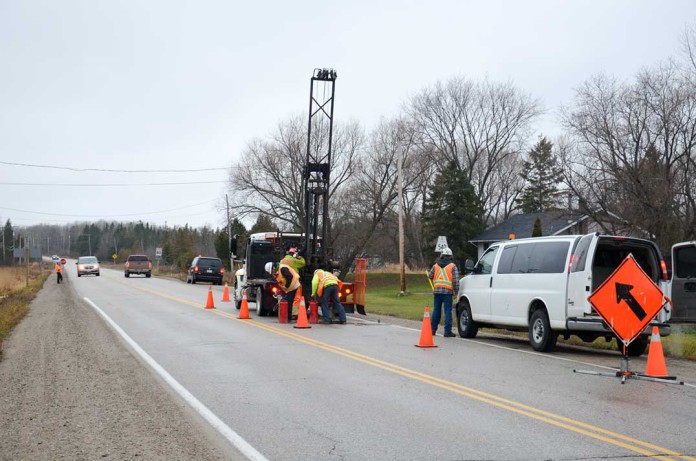OTTAWA—For the second time, a decision on whether or not to approve a low-level and intermediate-level waste at the Bruce Nuclear site, the Deep Geologic Repository (DGR) proposed by Ontario Power Generation (OPG), located just a few hundred metres from the waters of Lake Huron, has been delayed.
Over the past two years there have been extensive hearings on the proposed nuclear waste site, with vigorous objections raised by First Nations and state and municipal leaders on both sides of the border. Despite the opposition to the proposal, the Joint Review Panel recommended approval of the project and a decision was expected in early December.
[socialpoll id=”2316829″]
That decision was first delayed by federal election and now the fate of the DGR project lies in the hands of the new federal minister of the Environment and Climate Change Catherine McKenna. On November 27, Minister McKenna announced the decision will be delayed to March 1 of next year. For its part, OPG issued a statement that it respects the minister’s need for more time to review the Joint Review Panel’s recommendation before deciding whether to move forward with the project.
OPG spent 14 years studying the feasibility of a DGR at its Bruce site in the Municipality of Kincardine and conducted considerable public consultation on the project. The federal Environmental Assessment of the DGR included more than 12,500 pages of peer-reviewed data.
OPG claims that the proposed DGR could safely store more than 200,000 cubic metres of low- and intermediate-level waste that have accumulated from 40 years of operating Ontario’s nuclear power stations. The waste includes items such as contaminated clothing, gloves and equipment, but used fuel would not be stored in the DGR.
The DGR will be buried 680 metres in stable rock formations that are more than 450-million years old and the proposed DGR would permanently isolate and contain the waste deep underground and, according to OPG and the Joint Review Panel, would adequately protect the water and surrounding environment.
Unlike proposals for used fuel repositories, the material in the Kincardine DGR would be permanent. The fuel repository concepts allow for retrieval of spent fuel rods a hundred or more years in the future, when it is anticipated the fuel would have commercial value.
OPG, the Canadian Nuclear Safety Commission, the federally-appointed Joint Review Panel and the Municipality of Kincardine (which has expressed support for the low-to-medium waste disposal site, but not a spent fuel repository) will have to wait until the spring for a decision on whether to proceed with the proposed DGR.




